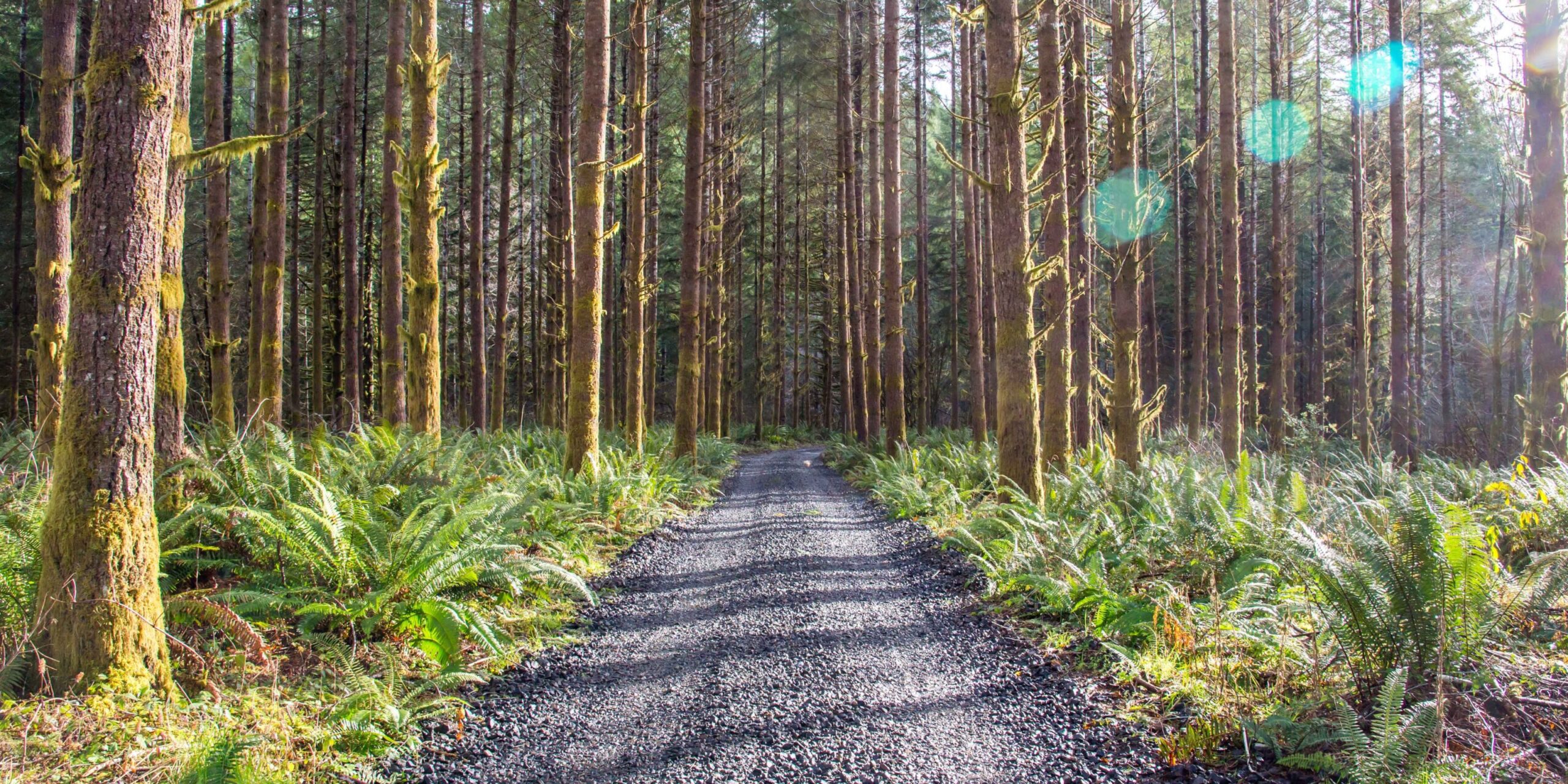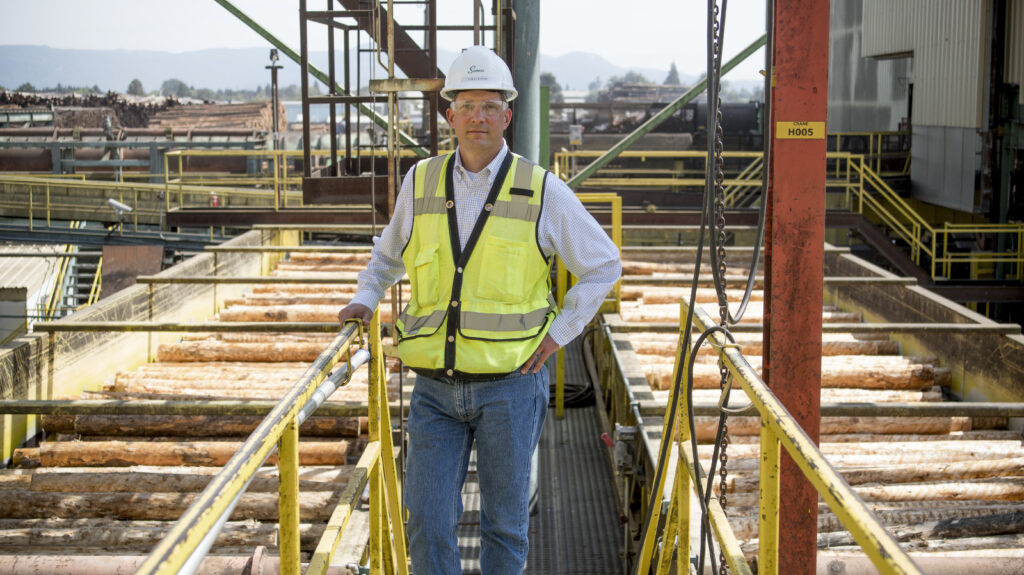
Work. Play. Renew.
Oregon Timber Tax Q&A with Todd Payne
The Oregon Legislature is currently considering increasing taxes paid by the timber industry, prompting many questions about the taxes the industry already pays. Todd Payne, President and CEO of Seneca Jones Timber Co., takes on the most commonly asked questions and sets the record straight. Seneca is one of Oregon’s oldest family-run forest products companies. Payne also serves as chairman of the Board of the Oregon Forest and Industries Council.

Q: Tell us about the new tax study that just came out from Ernst & Young – what were the primary findings?
A: On April 13 the Oregon Forest & Industries Council released a groundbreaking report from national accounting firm Ernst & Young detailing the total tax burden on the private forest sector in Oregon. The report’s primary finding concludes the Oregon forest sector pays more than one-and-a-half times more on average than other Oregon businesses. The report calculated the total tax burden by aggregating all taxes paid by the sector, including property taxes, income taxes, small tract forestland taxes, corporate income and excise taxes, fire assessments and privilege taxes. All told, in 2019 the forest sector contributed over $142 million to state tax coffers. This report unequivocally concludes our sector already pays more than its fair share in taxes and it vindicated our sense that additional tax increases under consideration are motivated more by philosophical differences about forest management than they are by any sense of tax equity.
Q: What does this tell you about legislation under consideration by the Legislature?
Given the report’s findings, we now know that legislation under consideration in the 2021 legislative session would effectively double the total taxes currently paid by the forest sector. That would increase the forest sector’s effective aggregate tax rate to nearly three times more than other Oregon businesses pay. At a time when the latest state revenue forecast indicates the Legislature has nearly $800 million more to work with this session than it originally thought and has billions of dollars in reserves, doubling the tax burden on the forest sector seems unnecessary.
Q: I read lumber prices are at record highs right now and multi-national corporations are making record profits. Why isn’t this an appropriate time to raise taxes on the industry?
A: Suggesting Oregon’s private forestland owners who just lost more than 400,000 acres to wildfire should be taxed because mills are realizing profits during a pandemic DIY home remodeling boom, is like suggesting potato farmers who just suffered a year of catastrophic blight should be taxed because Safeway is making money while more people are cooking at home.
The severance tax proposed by HB 2379 would not be paid by mills making short-term profits on high lumber prices driven by homeowner remodeling demands during stay-at-home orders. It would be paid by 65,000 private forestland owners in Oregon who just suffered through the worst wildfire season in recent history.
In addition, lumber prices are only one part of the equation. Log prices and lumber prices are often disconnected. Because one temporarily goes up does not mean the whole supply chain benefits. Taxes are permanent. Blips in short-run markets are not. This is a boom-and-bust market — what goes up must come down, and usually the low is lower than the high.
Finally – justifying a tax increase simply because an industry is “doing well” isn’t smart tax policy. The Legislature is not proposing to tax the recreation industry simply because those companies are making profits from people buying a lot of kayaks and home gym equipment during stay-at-home orders.
Q: No one ever wants their taxes to be increased. Isn’t it true that there will never be a “right time?”
A: Even if we weren’t in the middle of a pandemic, and we hadn’t just suffered the most catastrophic wildfire season in recent history, and the Legislature hadn’t increased the tax burden on businesses by 41% over the past few years – a severance tax is still the wrong policy decision. Aside from being a staggering 800% increase, severance taxes are for severed resources, such as coal and crude oil, not a crop that is planted and cultivated over time. State law requires harvested timber be replanted – on average four trees are planted for each one that is harvested.
Q: What taxes does the timber industry pay in Oregon?
A: The timber industry already pays a higher tax burden than other businesses in the state. The industry pays property taxes (on forestland at its real market value: as land primarily used to grown and harvest timber); income taxes; payroll taxes; the new Corporate Activity Tax and assessments for fire suppression. But that’s not all. The industry also pays a Forest Products Harvest Tax – a privilege tax imposed to support a timber commodity commission and three state-funded programs: the Forest Practices Act administration, Oregon State University’s Forest Research Lab and the Oregon Forestland Protection Fund.
Q: Washington has a severance tax and the industry operates profitably in that state. Why not levy the same tax in Oregon?
A: Washington also doesn’t have income taxes and Oregon does. Washington has a sales tax and Oregon doesn’t. These are apples to oranges comparisons that don’t take the entire tax system into consideration. The Legislature has already increased the tax burden on Oregon businesses by 41% over the past few years. Moreover, the timber industry already pays a higher tax burden than other businesses in the state – 1.5 times more than other Oregon business sectors, and we pay 3 times more for fire protection than Washington landowners.